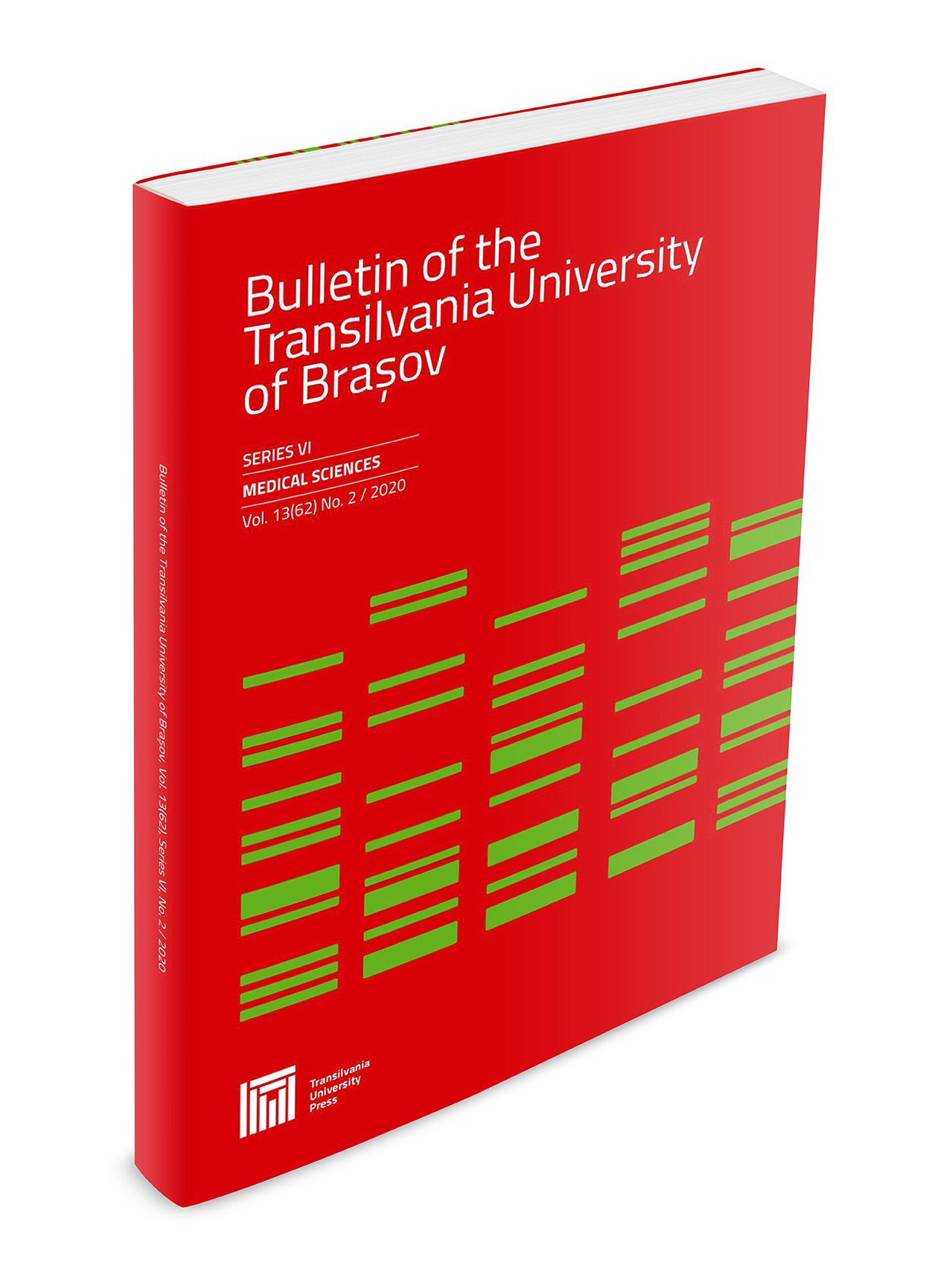Prognostic Factors and Clinical-Pathological Findings of Sentinel Lymph Node Invasion in Breast Cancer
Keywords:
early breast cancer, sentinel lymph node biopsy, prognostic factors, aggressiveness factorsAbstract
Aims: Breast cancer is particularly recognized as highly predictable, even in the early stages. The natural evolution of breast cancer is however determined by both clinical and histopathological characteristics. The aim of the study is to evaluate these characteristics from 93 patients with early stages of breast cancer and subsequently to determine which are the factors with statistical significance that are more likely linked to more aggressive forms of the disease, in which the invasion of the sentinel lymph node had already occurred. Methods: The study included 93 patients with breast cancer who underwent sentinel node biopsy and oncologic treatment at the Bucharest Institute of Oncology. We assessed data that included histopathological findings such as tumor size, sentinel lymph node involvement, receptor status, and immunohistochemistry parameters. Also, a comparison to data obtained from similar published studies was made. Results: Cases with aggressive types of breast cancer, that had already spread to axillary lymph nodes, were characterized by early age, poor Bloom Richardson grading, the presence of peritumoral infiltration, and high levels of Ki67, PCNA, and p53. Conclusions: Daily practice has shown the need for personalized treatment in cancer patients. If possible, it is highly useful to establish the aggressiveness profile of a malignant breast tumor, in order for a specific patient with a particular set of tumor characteristics to benefit from a targeted and optimized treatment plan.



